DIY Calendula Cream - Healing Cream Recipe

This soothing calendula cream with aloe vera promotes healthy and vibrant skin and heals skin irritations. Healing cream made of marigold petals has a wide spectrum of uses and can ease red and itchy skin from eczema, dermatitis, or psoriasis.
“As an Amazon Associate, I earn from qualifying purchases.” Read full disclosure here.
Calendula has been used for centuries to enhance the wound healing process. Native to the Mediterranean region, calendula is easy to grow plant domestically.
The role of calendula in the wound healing process
While there is still a need for further research it is believed that calendula increases the blood flow in the wound, providing oxygen and nutrients that are essential for tissue regeneration. Calendula contains a high amount of flavonoids that help to reduce inflammation and speed up the healing process. In addition, it possesses antibacterial properties that help to fight bacteria and protect against wound infection. For Its healing ability, calendula is commonly used in insect cream, acne masks, calendula tinctures or oils. Parents of small babies with sensitive and delicate skin tend to be careful when choosing skin products. Calendula is however safe and effective and is therefore the preferred choice for a baby products like diaper rash creams or other baby creams rashes and irritations.
Calendula Salve or cream?
I have made this thick Calendula salve with raw honey that encourages wound healing and relieves minor irritation and cuts. While salve doesn’t contain any water and is, therefore, tick and heavy, cream on the other hand has a ratio of water and oil 50-50. That makes it light, easily spreadable, and not greasy.
Calendula cream benefits
So my aim was to make light moisturizing and soothing cream that enhances the firmness of the skin, promotes healthy and vibrant skin and heals skin irritations.
Made from marigold petals, this light calendula cream heals skin irritations, soothes and moisturizes.
Its ability to reduce scarring and encourage growth of healthy new tissue make calendula succesful in the cases of skin ulcers like chicken pox and acne. It softens and soothes the skin, prevent inflammation that allow wounds to heal quickly and cleanly.
Calendula succesfully promotes a production of collagen and is suitable for any skin type including very sensitive skin. Collagen as well as antioxidants that are present in calendula slow aging and wrinkles development.
healing cream recipe
To achieve this we have to select the right ingredients carefully including emuslifier and preservative.
Making creams requires the use of two phases - water base and oil base
First step - start with the aqueous part
Make calendula tea or use distilled water that you will need to warm up to 70 - 80C (160-170 F).
I made an herbal infusion made of calendula leaves. Calendula tea contains compounds that may fight oxidative stress and inflammation in your body. It also promotes wound healing.
Distilled water is also a great substance to be used instead of calendula tea if you don’t have any marigold petals.
Second step
Add aloe vera gel. (In order to successfully emulsify both oily and water parts, the temperatures need to be the same or very similar.)
Aloe vera gel
If this calendula cream is designed to accelerate the healing process of wounds and scars it must include aloe vera gel. Aloe vera is a very effective healer that is used to ease burns, sunburns, scars and is successful in acne treatment. Its moisturizing effect can help to enhance dry and itchy skin so it is often associated with eczema or seborrheic dermatitis.
Third step - now comes the oily part
make your own calendula oil
As the main ingredients of oily phaze I voted for calendula oil. It is made of maceration of calendula petals in oil where the herb releases its oil-soluble substances. You can make your own calendula oil or buy ready made.
However, the process is easy. You can use the faster double boiler method that I have used several times and it works really well. All you need are dry calendula petals, olive oil and sterilized jar at your hand. Just place the jar filled with calendula petals covered with olive oil to double boiler. Heat the mixture to a slow simmer. Use a thermometer as you don’t want to exceed a temperature of 120 F (50 C) and keep the heat low for 5-6 hours to help release calendula’s medicinal benefits. Watch it carefully as the water can easily evaporate and you’ll need to refill the bath.
Then remove the oil, fill it with the second batch of petals and repeat the process as many times till the oil takes on the color and the scent. Depending on the calendula it can be 3-5 times. I repeat it 3 times to achieve my desired scent.
Fourth step
Use a double boiler to slowly dissolve cocoa butter and lanolin, stirring occasionally. Once fully dissolved remove from the heat, let it cool a little bit, and add calendula-infused oil. Add Vitamin E to the oily part. Mix it well.
Cocoa butter
Cocoa butter extracted from the cocoa bean has a cocoa flavor and lovely aroma. I love to use it in homemade skincare as its melting point is just below human body temperature so it is easily spreadable and absorbed.
When using aqueous and oily phases, we have to bind them with emulsifiers - in our case Lanolin, which role is to lower the surface tension between the two phases.
Emulsifier Lanolin
Lanolin is a powerful water-in-oil emulsifier and effective emollient that locks in much-needed moisture and prevents water loss. It is a natural product derived from sheep wool that keeps the skin hydrated and helps the skin heal. It acts in the same time as an emulsifier that enables the water base and oil base to dispersed in each other and create a homogenous smooth cream.
For vegan alternative use Lecithin from soy - a very nice multifunctional natural emulsifier.
Fifth step - emulsification process
Again check the temperature of the mixture and aim for 70 C (160 F). With a hand blender in one hand and a warm water mixture in another hand slowly pour water part in the oily part while whisking. While the mixture cools the lotion will get thicker. Don’t be discouraged if you will feel the healing cream is still very loose, you can always heat the mixture again and repeat the emulsification process. I like to wait till the DIY cream is cool to see the consistency. Allow the mixture to cool slightly
Sixth step
With aim of making natural healing calendula cream, safety is even higher priority. Since this cream contains about 50 % of water-base that makes an ideal environment for bacteria growth we will have to use preservatives. I like to use naturally derived preservatives like Leucidal Liquid SF derived from lactobacillus ferment.
add Leucidal and Vitamin E. You can add essential oil at this stage, mix it well and fill it into a sterilized glass jar label and date your containers
Cleaning all utensils is also smart way to avoid any microbial contamination
Label and date your containers.
calendula cream uses
- This nourishing water cream is the best to apply after the cleanser and toner
- Apply very thin layer with clean fingertips
- Avoid contact with eyes, rinse with water immediately in case of contact with eyes
- You can use it 2 a day - evening and morning
How do you make calendula cream for eczema?Calendula has a wide spectrum of uses and can ease red and itchy skin from eczema or psoriasis. If you wish to use this cream for eczema, you can use the same formula, just add some essential oils that may help to ease the symptoms such as Lavender Essential Oil, Tea Tree Essential Oil or Frankincense Essential Oil.
Enjoyed the project?
The author may collect a small share of sales from the links on this page.

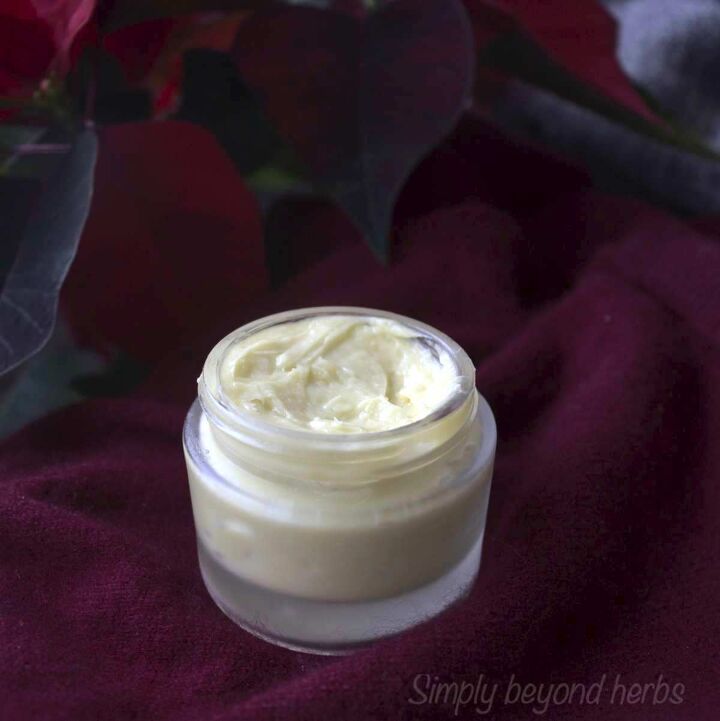















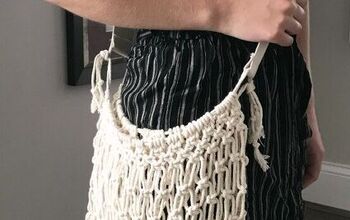

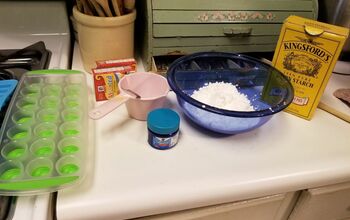





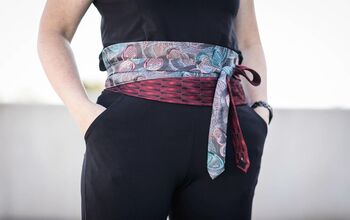
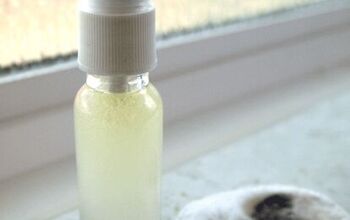

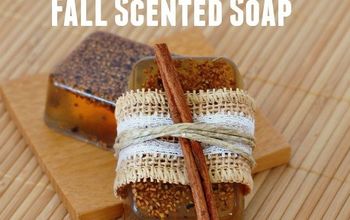


Comments
Join the conversation